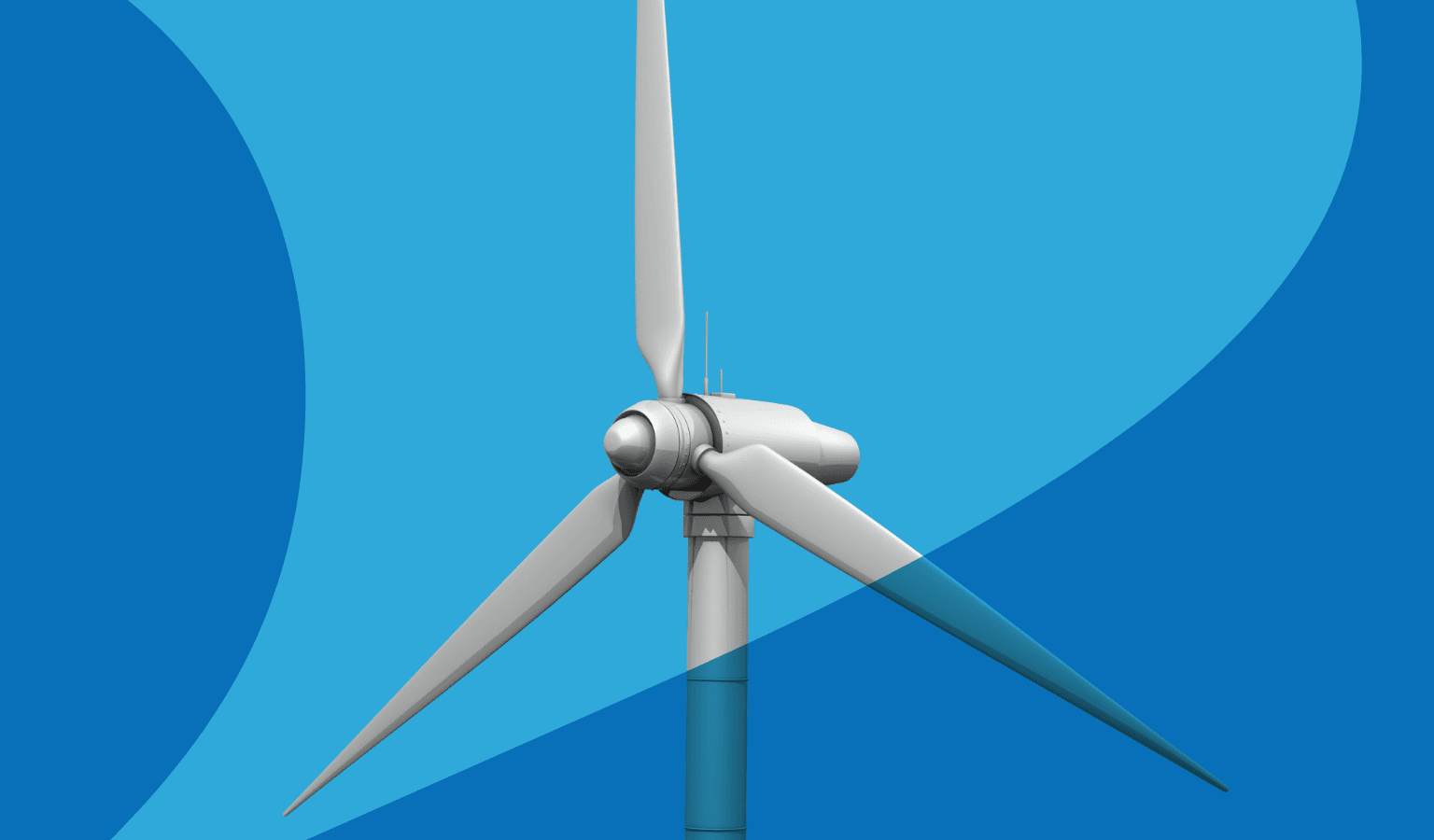Background
FERC’s regulations exempt “[a]ny facility with a net power production capacity of 1 MW or less” from filing a Form 556 to self-certify QF status or an application for certification as a QF.1 To determine a small power production facility’s net power production capacity, FERC aggregates the capacity of any commonly-owned facilities that (i) use the same energy resource (e.g., solar insolation) and (ii) are located at the same site, i.e., “located within one mile of the facility for which [QF status] is sought,” as measured by the distance between the electric generating equipment of the facilities.2 Because developers often pursue multiple projects within the same general vicinity, two or more facilities with common ownership that, standing alone, would not exceed 1 MW in net power production capacity could be deemed to exceed the 1 MW threshold if located within one mile of each other, thereby triggering the requirement to make a filing with FERC to obtain QF status.
In September 2018, Sunrun petitioned FERC to waive its QF filing requirements for separately‑interconnected residential solar photovoltaic systems that are both (i) owned and maintained by Sunrun but provide homeowners with an “option to purchase” (as opposed to the homeowner buying and owning the system outright); and (ii) individually 20 kW or less but when aggregated may exceed 1 MW within one-mile. Sunrun also requested waiver “of the requirement in Item 8a of Form No. 556 to include in a certification filing for clusters of rooftop PV systems above 20 kW information regarding the facilities covered by the first requested waiver (i.e., 20 kW or less facilities), even if the facilities of 20 kW or less are within one mile of the cluster exceeding 20 kW that is being certified.”3
Sunrun explained that while it does not currently make FERC-jurisdictional wholesale sales, several factors warrant clarification from FERC on the applicability of its QF regulations to Sunrun’s portfolio. Such factors include (i) Sunrun’s intention to pursue emerging opportunities “for aggregated [DERs] to participate in organized wholesale electric markets,” through which it would make FERC-jurisdictional sales; (ii) the growing concentration of Sunrun’s “third-party owned systems,” which in certain parts of the country may exceed 1 MW by virtue of being located within one mile of each other; and (iii) “increasing inquiries from lenders and investors regarding QF status and the regulatory exemptions it affords.”4
FERC’s Waiver Order
FERC granted both waiver requests, reasoning that “[i]ndividual homeowners’ decisions to use Sunrun’s third-party financing option . . . should not result in the need for Sunrun to continuously monitor the concentration of these individual residential facilities and then file numerous certifications and re-certifications for QF systems of 20 kW or less, which would otherwise be far too small individually to cross the 1 MW threshold for filing but for this third-party financing arrangement.”5 FERC noted, however, that “if any new requirements are placed on [wholesale DER] aggregations” resulting from FERC’s ongoing DER rulemaking proceeding, such “requirements would apply to Sunrun’s aggregated resources irrespective of the outcome of this proceeding.”6
While certain language in the Waiver Order might be interpreted to mean that the waivers FERC granted to Sunrun are generally applicable, other language makes clear that FERC granted the requested waivers only to Sunrun and only for the specific types of facilities addressed in Sunrun’s petition. Accordingly, similarly situated developers should not rely on the Waiver Order to refrain from filing Form 556s for similar projects or to omit information from Section 8a of Form 556. Rather, similarly situated parties that would benefit from the waivers that FERC granted to Sunrun should request—and now have reasoning to support—similar waivers from FERC for their facilities.
1 18 C.F.R. § 292.203(d)(1) (2019).
2 Id. §§ 292.204(a)(1)-(2).
3 Sunrun, Inc., 167 FERC ¶ 61,059, at P 23 (2019) (“Waiver Order”).
4 Sunrun, Inc. Petition for Declaratory Order at 8, FERC Docket No. EL18-205-000 (filed Sept. 24, 2018).
5 Waiver Order at P 25.
6 Id. at P 30.


